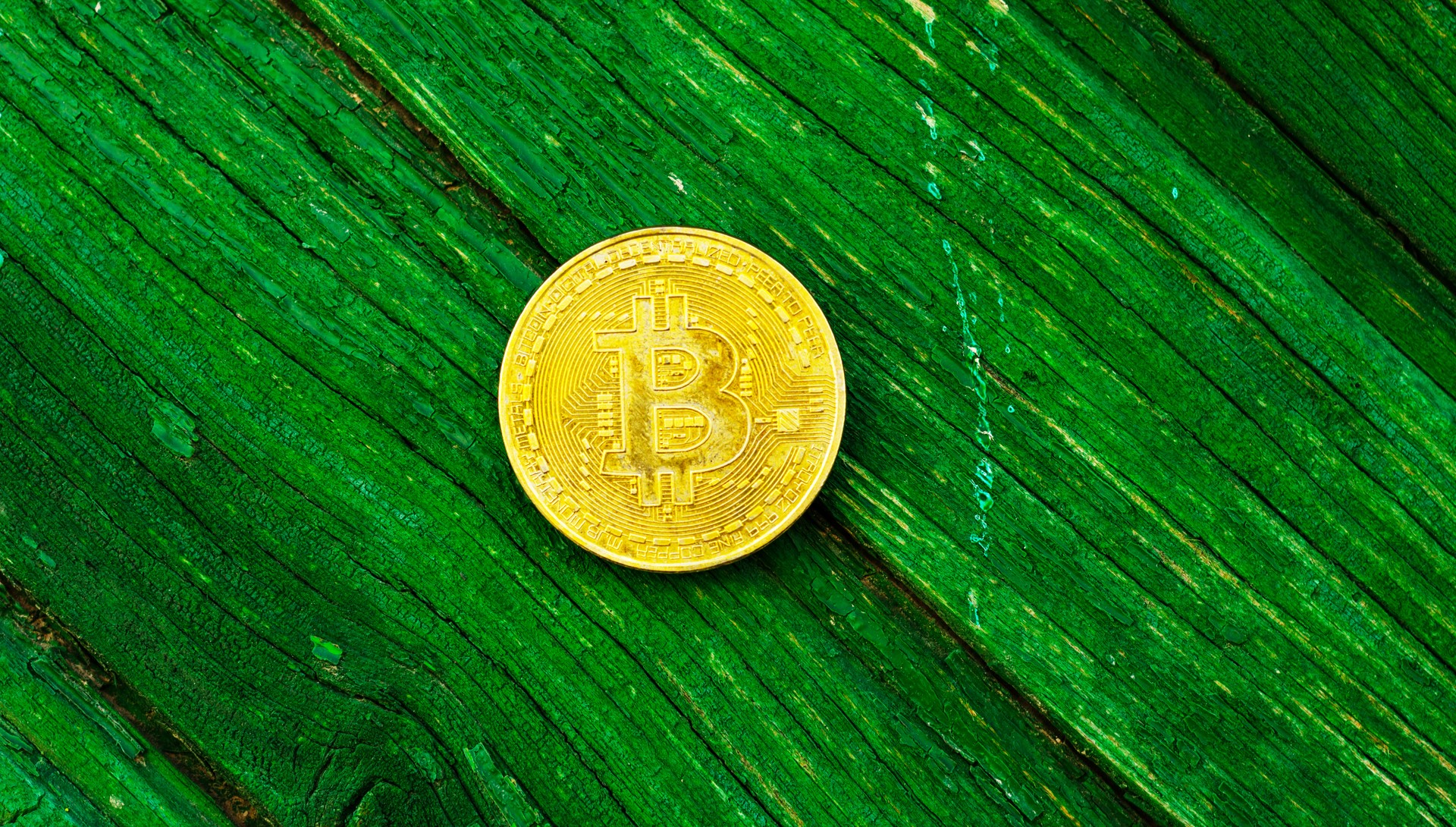The cryptocurrency industry is growing rapidly, as are concerns about its environmental impact. Bitcoin is the world’s most energy-consuming cryptocurrency. Its design consumes a large amount of electricity annually.
This makes the situation tougher since cryptocurrency enthusiasts are claiming that decentralized digital tokens will transform the way we do business. It will introduce a big change to several sectors such as banking, gaming, entertainment, and human interaction.
If cryptocurrencies are going to be the future of the industry, then they need to be more conscious of their impact on the environment. For example, Ether, the second popular cryptocurrency, utilizes a lot of power, similar to Bitcoin. However, its developers are preparing to transition to another mining method that is more environment friendly.
DealBook gathered three Bitcoin and blockchain experts to debate the challenges of greening crypto: Alex de Vries, Paul Prager, and Kathleen Breitman.
Counting the cost
Much of the electricity used to generate digital tokens come from the servers that support the process. By some measures, it uses as much power as a small country like Chile or Belgium.
DealBook: Why does crypto mining consume so much energy?
The energy consumption of mining is the part where you are creating new blocks for the blockchain. Those transactions will return rewards in form of Bitcoin. The energy consumption associated with this process is usually related to the number of people participating in a game called “Guess the number”. Each second that goes by, the machines generate over 140 quintillion guesses. Afterward, they can create the next part for the blockchain, but that’s where energy is consumed. However, not every cryptocurrency requires that much energy usage.
Will Bitcoin Mining be less practiced given newer less energy-consuming cryptocurrencies?
Breitman explains that there is no proof of work for the cryptocurrency projects that were launched four to five years ago because it’s outdated technology. He argues that it’s justified the huge amount of energy consumed to achieve their goal. Breitman believes in man-made climate change, as he doesn’t want to tax the environment to pay for our abusive use of technology.
Bitcoin as a battery
If you don’t use the green energy when it’s produced, it goes to waste. Batteries that are used to store solar and wind renewable energy are the most wanted in the energy industry. For the time being, these don’t exist at the necessary scale. However, some believe that Bitcoin could serve as a type of battery that could store renewable energy and turn it into a globally traded digital asset with unlimited shelf life.
Another way to make Bitcoin mining more sustainable is by using wasted energy such as oil or gas to generate the electricity required to mint digital money.
Can the mining process be made sustainable?
Prager explains that when someone has an electrical grid, they would want their grid to become more sustainable. You also want to have a steady supply of energy. That’s why they should rely on renewable energies such as hydro, solar, and wind, which are all eco-friendly and a great source for their mining capacity. Besides, relying on bitcoin mining is not sustainable and might go away. So, it’s good to rely more on renewables.
How can Bitcoin make use of wasted energy?
Pragers elaborates that miners need spinning reserves to keep the lights on. They also need flexible baseload facilities for the grid to run smoothly and produce the grid to achieve sustainability. This is what zero carbon emission Bitcoin mining does.
Does it mean that the more energy used to mine crypto the more it makes it sustainable?
De Vries dwells on this point and explains that if Bitcoin is using a lot of energy, then it doesn’t seem like a problem if this energy is going to waste. In other cases, the energy used to generate it is usually fossil fuel. China has recently banned Bitcoin mining due to its environmental concerns. These Bitcoin miners were the main reason for the revival of coalmines. This is similar to what is happening in the U.S. and New York, where gas plants are revived from mining Bitcoin.
Beyond electricity
The environmental cost of crypto mining hardware is often overlooked. Its usage consumes a large amount of toxic electronic waste.
Why mining equipment are causing environmental concerns?
De Vries highlights that Bitcoin miners are pushing the envelope when it comes to making more profitable equipment. They are also pushing up the I.T. equipment emissions other than that of the carbon. It’s very toxic materials. Basically, it’s water pollution, and parts in the incinerator at some point, and that no amount of renewables can ever fix.
Are there other hardware obstacles?
De Vries explains that cryptocurrency mining requires specialized equipment. As soon as the prices of Bitcoin go up, more people are inclined to add more machines. This affects the global semiconductor supply chain. You could have instead produced a chip for your personalized uses such as computers, electric vehicles, etc. The consequences of such an industry are very difficult to quantify.
There are two forms of regulation that would affect crypto businesses: one that requires more transparency about their carbon costs, and the other that taxes them. According to Mr. Prager, fossil-fuel-free businesses will be less costly than those that use fossil fuels.
This week, more than 70 nonprofits urged Congress to push for crypto to be considered in any new regulations. They also noted that climate change could threaten the financial stability of the industry.
As the industry grows rapidly, it will need to adopt the same level of sustainability as it has innovation.
To know more about Crypto and protect yourself from legal complications, reach out to us and we will explain to you all what you need to know about Crypto and legal for Crypto.
Legally Yours,







